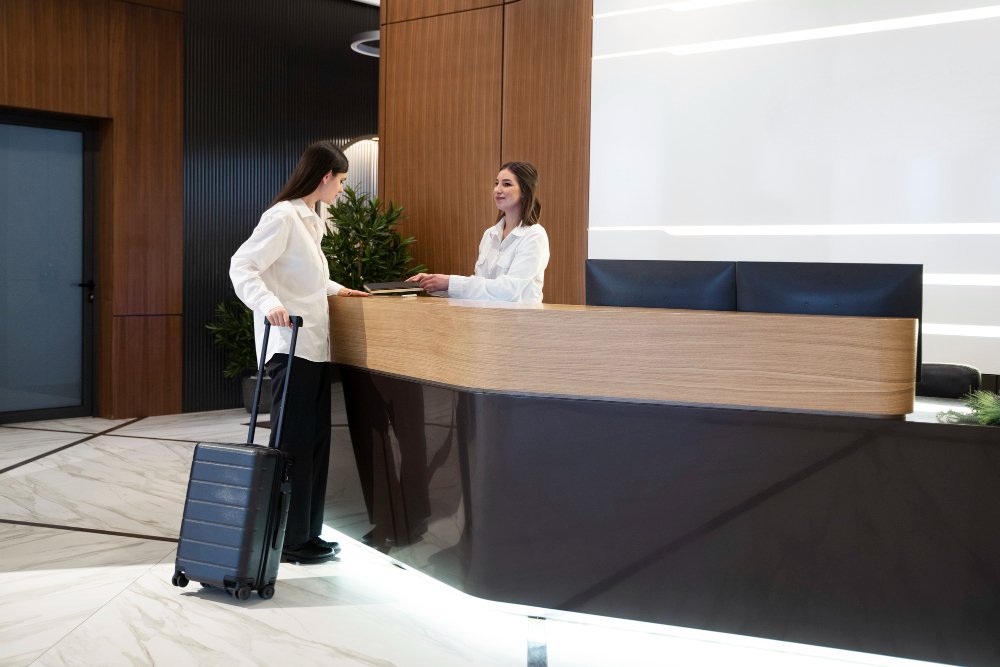A hotel room description is not just text on a website.
It is like a first conversation with a future guest: either it hooks them, or they move on.
In my experience, I have seen how changing only the description (without discounts or renovations) can increase the number of reservations by several tens of percent. This is not magic – it is psychology.
1. Sell the experience, not the bed
“Double bed, two towels, wardrobe” is technical information.
Guests are interested in how they will feel when they stay here.
For example:
❌ “The room has a double bed and a TV.”
✅ “A comfortable double bed with soft bedding – you’ll wake up rested and ready for a new day.”
2. Words create images
Use words that evoke images and emotions.
“Windows facing the inner courtyard” sounds bland.
“The morning sun shining through the window and a peaceful view of the courtyard” creates a completely different mood.
3. Highlight the advantages
If your room has a balcony, a bathtub, a large table, or a coffee machine, this should be clearly mentioned.
Guests often choose based on “oh, this is what I need” rather than price.
4. Speak the guest’s language
If your customers are mostly couples, write to them.
If they are business travelers, emphasize the work desk and fast internet.
The description should “speak” to those who are most likely to visit you.
5. Photos and text must work together
Text without good photos is only half the job.
If you describe a “panoramic view” but the photo shows a dark window with the curtains drawn, the guest will be disappointed even before making a reservation.
The bottom line: a room description is a sales tool, not a formality. A good description makes the guest mentally “move into” that room. And once they imagine themselves there, the booking usually happens.
